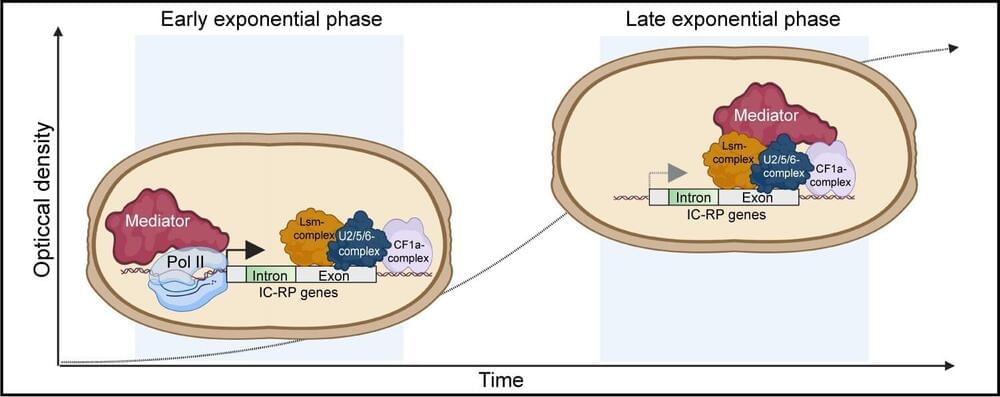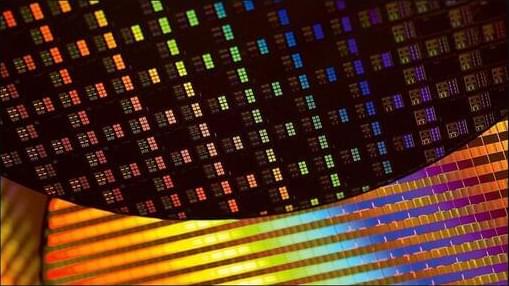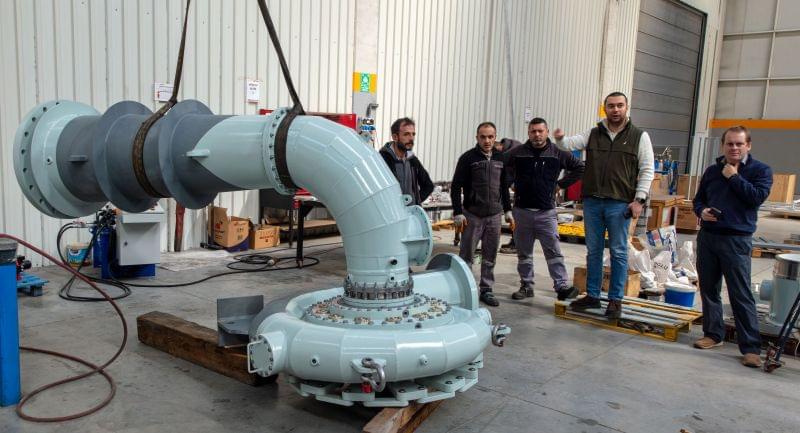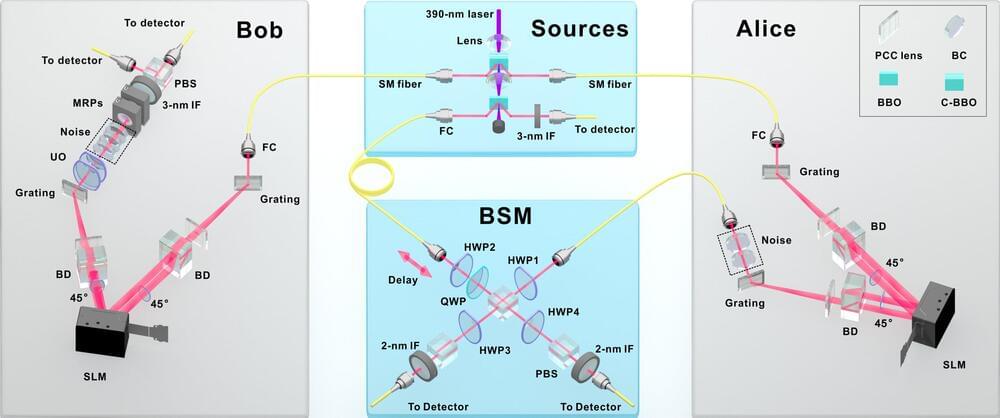Researchers at Umeå University, Sweden, have discovered that how a special protein complex called the Mediator moves along genes in DNA may have an impact on how cells divide. The discovery may be important for future research into the treatment of certain diseases. The study is published in Nucleic Acids Research.
Some online scams are more conspicuous than others, but the most insidious can be especially tricky to spot. For instance, last week, cybersecurity firm ThreatFabric uncovered a new Android malware family that cleverly disguises itself as a Google Chrome update. Before you click a link claiming to provide updates for Chrome, be sure that it isn’t fake.
ThreatFabric analysts found the malware — which they dubbed Brokewell — on a fake browser update page designed to fool people into downloading a malicious app. If the page manages to fool you, you’ll end up downloading seriously dangerous malware.
TSMC has announced a new process for 2026 that seems to be a direct attack on Intel. As we all know, Intel’s first Angstrom node is Intel 20A, to be followed by Intel 18A. In a move reminiscent of a disposable razor commercial, TSMC has announced a new process called “A16” for 2026—which, as you can see, has a lower number than Intel’s competing nodes. It will also be the first TSMC process to offer backside power delivery, which Intel will also deliver with its Angstrom nodes.
TSMC unveiled the A16 process at its North America Technology Symposium in Santa Clara this week. Notably, Intel has its headquarters in Santa Clara, so this is like TSMC standing on the company’s front lawn and yelling, “You want some of this?!” The A16 process will follow the company’s 2nm node and feature nanosheet gate-all-around (GAA) transistors along with backside power delivery, which it calls Super Power Rail architecture. TSMC says A16 will offer 8–10% more performance than N2P at the same power or enable a 15–20% reduction in power requirements with the same performance. It will also feature a 1.1x increase in density.
Now that GPT-4 remembers conversations, you can stop repeating yourself. Prefer for the AI model to forget? You can make it do that too.
UK startup is set to develop innovative waterless hydro energy storage system, addressing limitations of traditional hydro power.
Small Bang Scientists seem to have figured out why the Moon is made up of such weird and heavy rocks: way back in the day, it turned itself inside out.
For decades now, scientists have pretty much agreed that the Moon formed from debris that flew off the young Earth when another planet smashed into it about 4.5 billion years. That cosmic wreckage “coalesced, cooled and solidified” to form the Moon as we know it today, researchers from the University of Arizona’s Lunar and Planetary Laboratory wrote in a press release — but what happened next is something of a “choose-your-own adventure,” as the scientists describe it.
In a new paper published in the journal Nature Geoscience, the LPL researchers found that the surprisingly high concentration of titanium found in Moon rocks, such as those brought back during the Apollo mission in the 1970s, could be the result of heavy minerals like ilmenite, which is rich in both titanium and iron, initially sinking to the core and then rising back up to the surface.
Researchers have succeeded in conducting an almost perfect quantum teleportation despite the presence of noise that usually disrupts the transfer of quantum state. The results have been published in the journal Science Advances.
Experts say the food on your plate can affect everything from your bones, heart, and gut to your mental health.
Recently more careful examination of the structure of the universe has thrown up fresh reasons to doubt cold dark matter. Its concept may work well at the largest scales, but on the scale of individual galaxies, something seems incomplete.
According to the cold dark matter model, dark matter sub-halos of all sizes, right down to Earth-scale masses, should exist. This would be a lot of invisible cannonballs to be floating around the Milky Way and interacting with star streams, yet hardly any evidence has been found, besides in 2018, when Adrian Price-Whelan and Ana Bonaca found that one particular star stream, better known as GD-1, has gaps along its length, as if it has been hit multiple times.
Another more recent doubt about the cold matter concept is that simulations show halos should get denser towards the center of the galaxy: the closer you get to the center, the more dark matter per unit volume should be. However, when astronomers look at the way galaxies move, this isn’t what they see: the dark matter appears evenly distributed across the halo of our galaxy, especially in the core regions. Which could be a hint that something more complex is going on.









